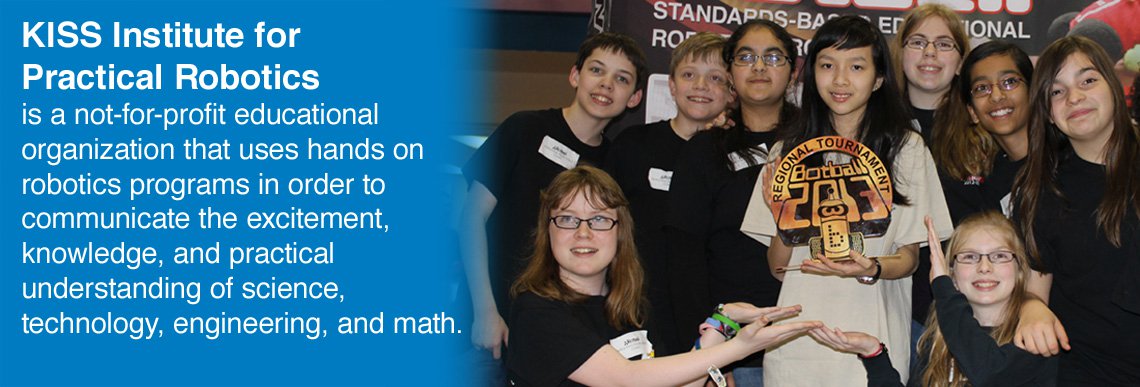Each year students, educators, enthusiasts, and professionals from across the world gather at the Global Conference on Educational Robotics (GCER) to connect with peers, discuss STEM, technology-related ideas, and cheer on their favorite teams during two exciting autonomous robot tournaments. The GCER 2015 conference will be held in Albuquerque, New Mexico on July 7-11 and over 500 participants are expected to attend.

Steve Goodgame, KIPR Executive Director
This year, Gumstix had the amazing opportunity to help design the next generation platform for standards-based robotics education. Designed with Geppetto™, Gumstix’ D2O (design-to-order) tool for creating completely custom smart devices, the new Botball® controller offers students access to a powerful computing environment built around Texas Instruments'(TI) Sitara AM3354 processor and TI’s WiLink8 combo connectivity module.
During the busy preparations for the 2015 Global Conference on Educational Robotics sponsored by KISS Institute for Practical Robotics (KIPR), Gumstix was able to catch up with Steve Goodgame, KIPR Executive Director. Steve has been with KIPR since 2007 and spent his previous career as a middle school, high school and undergraduate educator. We wanted to share his insights on STEM, technology in schools and how Robots and coding are gaining ground in and out of the classroom with today’s students.
Gumstix:
Do you think that STEM has changed focus in the schools over the last 5 years? If so, how?
Steve:
Yes, I think STEM in general has a much higher profile than it did five years ago. I am also pleased to say that their is now a very big interest in teaching kids to write code and including programming in school curriculum
Gumstix:
What side of technology is changing the fastest in educational programs with robotics? the hardware or software? both?
Steve:
The hardware options are still pretty much the same as they have been for years (with just updated technologies i.e. LEGO), but I am beginning to see more platforms begin to come into the market place. There has been a huge increase in the amount of online classes and apps for learning coding.
Gumstix:
How do educators and KISS curriculum staff keep up with the rapid changes in technology?
Steve:
We have a strong base of K-16 educational experience in our organization and that keeps us current with curriculum standards and needs of the classroom educators. The rapid changes in technology are very hard for public schools to keep up with and that is the reason that you see most robotic programs as “add on” programs and not disseminated widely in regular classrooms. It is increasingly difficult to find enough computers in most schools to handle the demand for the programs.
Gumstix:
If you could see one area of STEM funded and available in every school, what would it be?
Steve:
I believe strongly that kids need exposure to programming and robots at an earlier age. The programming helps with computational thinking, problem solving and attention to detail. These skills readily transfer to other academic curriculum (math, science, etc). The robots are important because they provide a physical, real-time feedback and are great at developing spatial skills.
Gumstix:
Thank you, Steve, for your time and insights. Gordon Kruberg, Gumstix Founder and CEO is looking forward to speaking at the Global Conference, taking in the student competitions and learning sessions. We will be covering the highlights and look forward to reporting back on the latest in robotics, new announcements and of course the winners!
FAQ: What does KISS stand for? It is the well-known acronym (Keep It Simple, Stupid), and students tell us that this motto has been quite useful in designing their robots!



 RSS
RSS